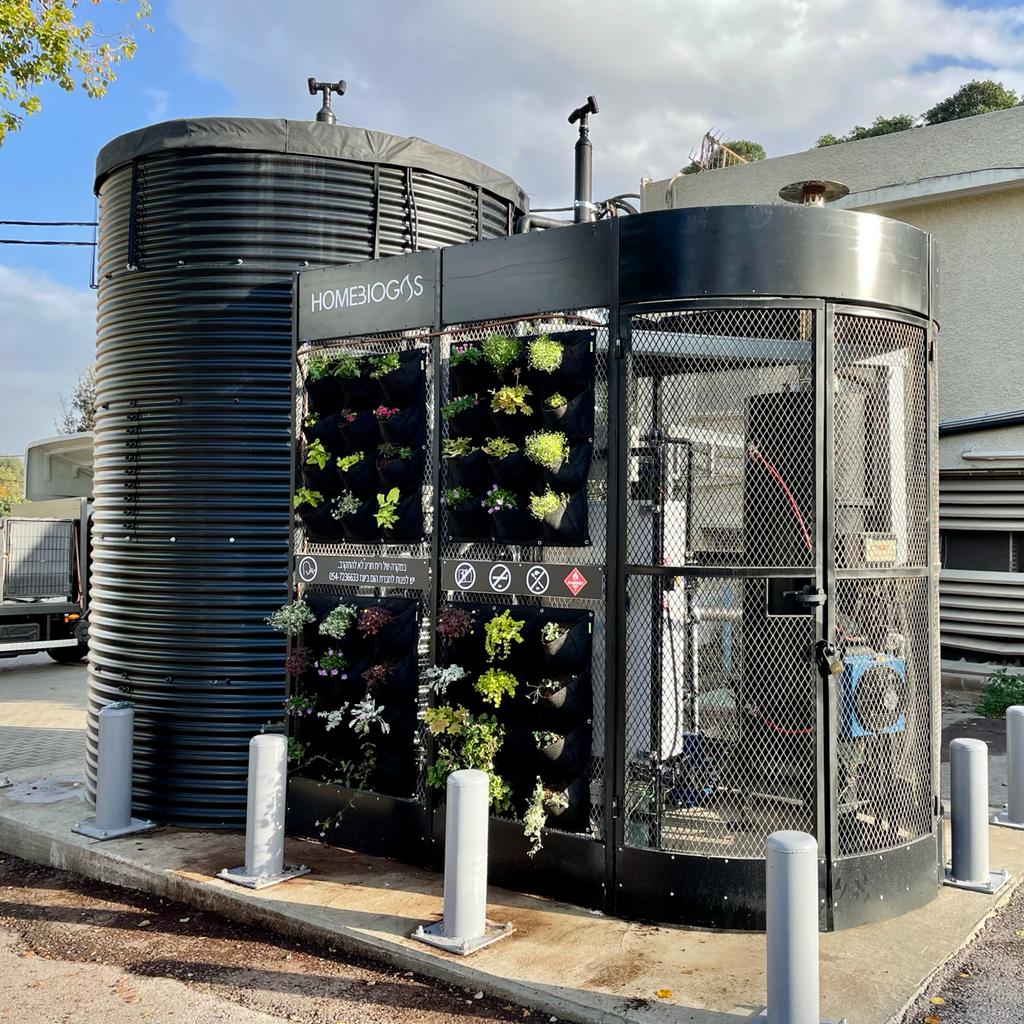
Federal Government: Leading by example
An Executive Order issued by President Joe Biden on Dec. 8, 2021, called for the Federal government to lead by example when it comes to catalyzing clean energy industries and jobs. “As the single largest land owner, energy consumer, and employer in the Nation, the Federal Government can catalyze private sector investment and expand the economy and American industry by transforming how we build, buy, and manage electricity, vehicles, buildings, and other operations to be clean and sustainable,” states the Executive Order. “It is therefore the policy of my Administration for the Federal Government to lead by example in order to achieve a carbon pollution-free electricity sector by 2035 and net-zero emissions economy-wide by no later than 2050.”
Among the actions set forth in the Order is for Federal agencies to annually divert from landfills at least 50 percent of non-hazardous solid waste, including food and compostable material, by fiscal year 2025; and 75 percent by fiscal year 2030 (Sec. 207). Another (Sec. 205) is for each agency to achieve net-zero emissions across its portfolio of buildings, campuses, and installations by 2045 and reduce greenhouse gas emissions by 50 percent from buildings, campuses, and installations by 2032 from 2008 levels, prioritizing improvement of energy efficiency and the elimination of on-site fossil fuel use.
HomeBiogas: mutually integrated solution
Many may view options for meeting these two requirements as mutually exclusive, but for HomeBiogas, they are mutually integrated. HomeBiogas, headquartered in Israel, has commercialized biogas systems that enable people, businesses and institutions to turn their organic waste into self-made clean energy, on-site. The company’s Industrial System utilizes food waste from kitchens like those in federal buildings and anaerobically digests it on-site. The biogas produced can be turned into energy that can heat water, provide natural gas for cooking, or power large industrial dishwashers. The nutrient-rich biofertilizer, or digestate, contains organic matter and bio-stimulants that can be utilized in a vegetable garden on the property or on the landscapes around the Federal building — reducing use of chemical fertilizers made with fossil fuels. Another mutually integrated win.

Federal buildings are also ideal showcases for new and innovative technologies and systems such as a HomeBiogas Industrial System. Once installed, employees and visitors will have an opportunity watch the end-to-end circular loop, which makes smart use of resources, generates clean energy, reduces waste production — and actively contributes to the reduction in greenhouse gas emissions. That same food waste, when landfilled, decomposes and generates large quantities of methane emissions that are not being fully captured. In the U.S., landfills are responsible for 17% of total U.S. methane emissions, the third largest source in the country. And by weight, food waste accounts for the largest category of waste being landfilled.
Finally, keeping the food waste where it is generated reduces emissions associated with solid waste collection. When you add it all up, on-site anaerobic digestion that generates on-site renewable energy and organic fertilizer is a solution to help make Federal buildings and related operations “clean and sustainable.”






